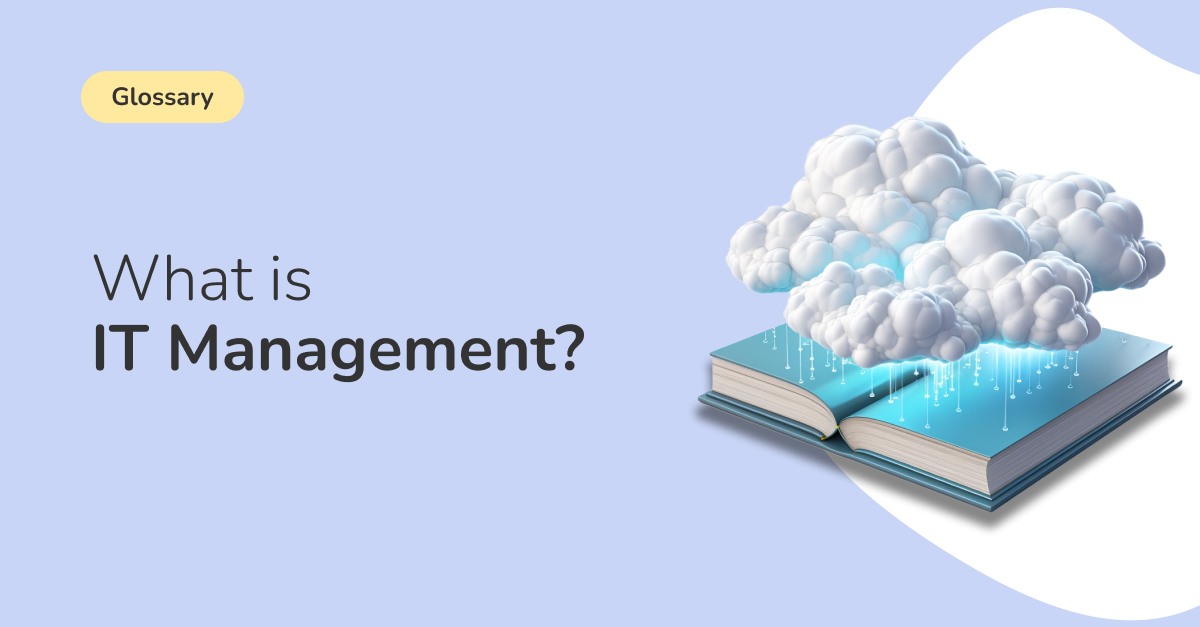What is IT Management?
IT Management is the discipline that governs the use of information technology (IT) to meet organizational objectives. This facet of business administration involves a range of responsibilities, from ensuring technology infrastructure is robust and secure to aligning information technology management with the broader business strategy. Effective IT management streamlines business operations, mitigates risks, and generates value.
The SaaS Management Connection
In today’s digital age, SaaS (Software as a Service) plays a crucial role in IT management. Management software platforms like Torii SMP can automate various IT tasks, making the management process more efficient. It handles app lifecycle and employee lifecycle tasks and supports an Open API, opening new realms of possibilities for your information technology management strategies. By leveraging such platforms, IT teams can focus on technology innovation rather than mundane tasks.
An Example of an IT Management Framework
One popular IT management framework is ITIL (Information Technology Infrastructure Library). It is a set of best practices that guides an organization in planning, implementing, and managing quality information systems and IT services.
Real-life Example
A company faced constant service desk issues, affecting both the IT team’s productivity and overall business operations. By adopting ITIL, they streamlined their service management processes, reducing downtime and elevating service quality. This direct impact on their project management exemplified the transformative power of effective IT management.
IT Management Best Practices
Implementing best practices in IT management can transform your organization’s efficiency, security, and innovation capacity. Below are some pivotal steps:
Strategic Alignment
Always align your IT strategy with your business goals. A project manager should ensure IT resources are focused on what truly matters for the organization.
Prioritize Security
Implement robust information security protocols. The CIO (Chief Information Officer) must ensure the security of the technology infrastructure.
Regular Audits
Conduct regular IT audits to evaluate the effectiveness of your information systems and identify areas for improvement.
Employee Training
Invest in training your staff in necessary skills. Skilled employees are your first line of defense and productivity.
Vendor Management
Choose your third-party vendors carefully and monitor their performance through information management tools.
Change Management
Adopt a structured approach to change in project management. This is crucial whether implementing a new IT project or rolling out new software.
Data Backup and Recovery
Ensure you have reliable data backup and recovery procedures. This mitigates data loss risks and ensures business continuity.
Performance Metrics
Use key performance indicators (KPIs) to measure IT efficiency. These metrics provide a quantitative basis for continual improvement.
By applying these best practices, you not only optimize your IT management processes but also create a more secure and productive environment. These are foundational steps in your journey towards effective IT management.
The Role of the CIO in IT Management
The Chief Information Officer (CIO) serves as the linchpin in any effective IT Management strategy. Tasked with overseeing the IT department, the CIO ensures that technology is aligned with business objectives. Their responsibilities range from formulating IT Governance frameworks to leading digital transformation initiatives. The CIO makes strategic decisions on IT asset management, technology infrastructure, and IT risk management. Their role isn’t merely operational; it’s profoundly strategic. CIOs need to possess a blend of technical and business acumen, coupled with excellent communication skills, to translate complex IT jargon into actionable business insights. In today’s data-driven world, the CIO is increasingly viewed as a key partner in shaping and executing organizational strategy.
Emerging Technologies and IT Management
Emerging technologies like Generative AI are game-changers in IT Management. These technologies can automate complex tasks, enhance security, and drive innovation. Staying ahead in adopting emerging technologies is crucial for maintaining a competitive edge.
Cost-Efficiency in IT Management
Cost efficiency is a cornerstone of effective IT Management. Smart asset utilization, automation, and optimized vendor contracts can significantly reduce operational costs. Effective IT risk management can also prevent costly disruptions, making fiscal prudence a key objective.
Related Terms You Should Understand
IT Governance: Ensures IT investments support business objectives.
IT Asset Management: Involves managing IT assets’ lifecycle, cost, and usability.
Information Systems: Essential for business analytics and digital transformation.
IT Project: A planned set of interrelated tasks executed within certain limitations.
Technology Management: Focuses on the strategic planning of technology infrastructure.
IT Risk Management: The coordination of efforts to minimize unforeseen events.
By understanding these terms, one can grasp the comprehensive landscape of IT management. Skills like project management and governance are critical for a CIO (Chief Information Officer) who oversees the IT management team.
Whether you’re part of a large enterprise or a smaller organization, IT management is the backbone allowing you to meet your business goals efficiently.







